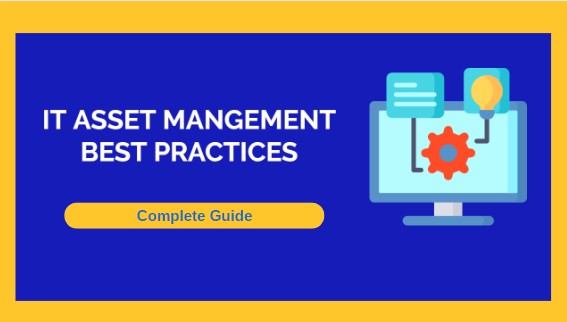
Asset Management Best Practices Guide
Viki Dongare |
27 Feb 2024 |
17:43 PM
- Why Asset Management is Critical for Businesses
- Overview of Asset Management Best Practices
- Understanding Asset Management Practices
- Explaining the Core Principles
- Benefits of Implementing Effective Practices
- Crafting Your Asset Management Policy
- Defining an Asset Management Program
- Importance and Components of a Policy
- Essential Practices for Asset Management
- Benefits of Implementing Asset Management Best Practices
- Challenges in Asset Management
- Types of Asset Management Approaches
- Advanced Asset Management Strategies
- Conclusion

Reduce downtime with Asset Health Reliability Insights
Viki Dongare 22 Apr 2024 | 16:06 PMUnlocking efficiency and resilience through advanced asset management solutions and insightful analytics for sustained organizational success...
Effective asset management is paramount for businesses of all sizes and industries. It encompasses the systematic approach to overseeing, maintaining, and optimizing assets throughout their life cycle. Whether it's tangible assets like equipment and property or intangible assets like software licenses and intellectual property, proper management ensures maximum value extraction while minimizing risks and costs.
Why Asset Management is Critical for Businesses

Asset management is crucial for businesses due to several reasons. Firstly, it facilitates better decision-making by providing insights into asset performance, usage, and maintenance needs. Secondly, it helps in ensuring regulatory compliance, reducing the risk of penalties and legal issues. Additionally, efficient asset management enhances operational efficiency, improves productivity, and boosts overall profitability. Overall, it's a strategic imperative for businesses aiming for sustainable growth and competitive advantage.
Overview of Asset Management Best Practices
Asset management best practices involve a set of guidelines and strategies aimed at optimizing asset utilization, minimizing risks, and maximizing returns. These practices cover various aspects such as asset inventory management, life cycle planning, tracking and documentation, compliance adherence, and proactive maintenance.
By adopting these best practices, organizations can streamline their operations, improve resource allocation, and enhance decision-making processes. In essence, implementing asset management best practices is essential for achieving operational excellence and long-term success.
Understanding Asset Management Practices
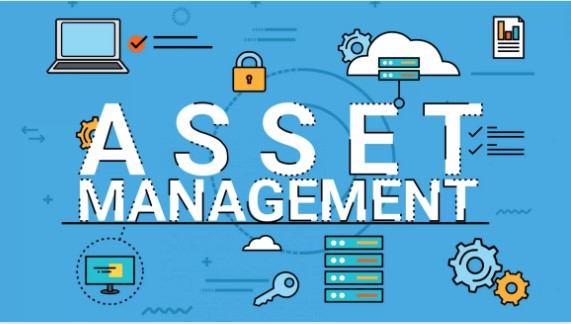
Explaining the Core Principles
At the core of asset management processes lie several principles. These include asset inventory and classification, which involves identifying and categorizing all assets owned by the organization. Additionally, life cycle management focuses on maximizing the value of fixed assets from acquisition to disposal.

Tracking fixed assets ensures real-time visibility and control over asset location and status. Moreover, effective asset management process emphasize compliance with regulatory requirements, cost optimization, and risk mitigation.
Benefits of Implementing Effective Practices
Implementing effective asset management practices offers numerous benefits to organizations. These include improved operational efficiency, enhanced decision-making based on accurate data insights, reduced downtime through proactive maintenance, better compliance with regulations, and optimized resource allocation. Ultimately, effective asset management practices contribute to increased profitability and competitiveness in the market.
Crafting Your Asset Management Policy

Defining an Asset Management Program
An asset management program is a structured framework that outlines an organization's approach to managing its assets effectively. It encompasses policies, procedures, and guidelines aimed at optimizing asset utilization, minimizing risks, and ensuring compliance with regulations. The asset management plan defines roles and responsibilities, establishes processes for asset acquisition, tracking, maintenance, and disposal, and sets performance metrics for evaluating asset performance.
Importance and Components of a Policy
An asset management policy is crucial for providing clear direction and guidelines for asset management activities within an organization. It sets the foundation for standardizing processes, ensuring consistency, and promoting accountability.

Components of an effective asset management policy may include asset identification and classification criteria, procedures for asset procurement and disposal, guidelines for asset tracking and maintenance, roles and responsibilities of personnel involved, and protocols for compliance with regulatory requirements. A well-defined policy not only enhances operational efficiency but also helps in mitigating risks and maximizing the value of assets throughout their life cycle.
Essential Practices for Asset Management

Lifecycle Management -
Strategically plan and manage assets from acquisition to disposal for maximum value.
Asset Tracking and Documentation-
Implement systems to track assets and maintain accurate documentation.
Software License Management -
Monitor and manage software licenses to ensure compliance and cost optimization.
Security and Access Control -
Implement measures to safeguard assets and control access to sensitive information.
Regular Audits -
Conduct periodic audits to verify asset data accuracy and compliance with policies.
Vendor Management -
Establish relationships with reliable vendors for asset procurement and maintenance.
Documentation and Training -
Provide comprehensive documentation and training to ensure staff competency in asset management system.
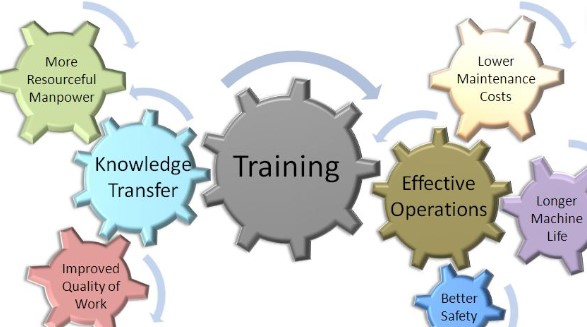
Asset Disposal -
Properly dispose of assets at the end of their life cycle to minimize environmental impact.
Regular Reporting-
Generate and analyze reports to monitor asset performance and compliance metrics.
Automation -
Implement automated processes to streamline asset management tasks and improve efficiency.
Cost Optimization -
Identify opportunities to reduce costs associated with asset acquisition, maintenance, and disposal.
Compliance Monitoring -
Ensure adherence to regulatory requirements and industry standards.
Change Management -
Manage changes effectively to minimize disruptions and maintain asset integrity.
Benefits of Implementing Asset Management Best Practices
and productivity. By having a clear understanding of asset availability, usage, and maintenance needs, organizations can minimize delays and disruptions, allowing entire team to focus on core activities and strategic initiatives.
Cost Reduction and Risk Mitigation -
Effective asset management practices help in identifying cost-saving opportunities, such as eliminating redundant assets, optimizing maintenance schedules, and minimizing unplanned downtime. Moreover, by proactively managing risks associated with asset failure, non-compliance, and security breaches, organizations can mitigate potential financial losses and reputational damage.
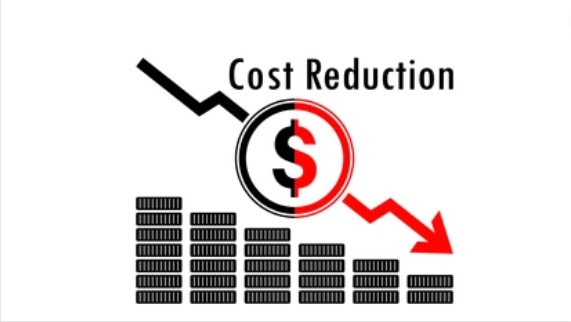
Enhancing Decision-Making Processes -
Asset management best practices provide accurate, real-time data insights into asset performance, condition, and lifecycle status. This enables informed decision-making regarding asset investments, maintenance priorities, and strategic planning, leading to better resource allocation and improved business outcomes. Overall, implementing asset management best practices empowers organizations to make data-driven decisions that drive growth and success.
Challenges in Asset Management
Identifying Common Challenges
Asset management presents various challenges that organizations often encounter. These include inaccurate asset data, inadequate tracking mechanisms, lack of standardized processes, and limited visibility into asset performance and maintenance needs. Additionally, managing diverse asset types, ensuring regulatory compliance, and dealing with budget constraints can pose significant hurdles.
Strategies for Overcoming Challenges
To address these challenges, organizations can implement several strategies. Utilizing advanced asset management software can improve data collection and automate tracking processes. Standardizing asset management practices across departments helps ensure consistency and efficiency.
Regular audits and assessments can identify areas for improvement and ensure compliance with regulations. Moreover, investing in employee training and development enhances staff competency in asset management practices. By adopting these strategies, organizations can overcome common asset management challenges and optimize their asset utilization for improved performance and in cost-effective manner
Risk Management in Asset Management

Mitigating Risks Associated with Assets
Asset management involves various risks that organizations need to mitigate to ensure smooth operations and protect their investments. Risks may include asset depreciation, loss or theft, compliance violations, and technological obsolescence. Moreover, inaccurate asset data collection and inadequate tracking systems can lead to financial losses and operational disruptions. It's essential to identify and address these risks proactively to safeguard asset value and maintain business continuity.
Implementing Effective Risk Management Strategies
To mitigate risks associated with assets, organizations can implement several strategies. Firstly, ensuring accurate depreciation tracking helps in assessing asset value and planning for replacements or upgrades. Secondly, conduct audits and assessments, both internally and externally, helps identify vulnerabilities and areas for improvement.
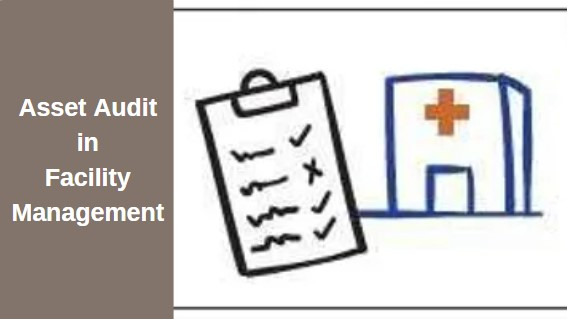
Additionally, implementing dynamic asset discovery techniques enhances asset inventory tracking and reduces the risk of ghost asset or underutilized resources. Moreover, staying informed about market trends and technological advancements enables organizations to make informed decisions and adapt to changes effectively. Overall, implementing these risk management strategies helps organizations protect their assets, minimize losses, and ensure long-term sustainability.
Types of Asset Management Approaches
Overview of Different Approaches
Asset management encompasses various approaches tailored to meet the diverse needs of organizations. One approach is strategic asset management, focusing on long-term planning and optimization of assets to align with organizational goals. Another approach is operational asset management, which emphasizes day-to-day operations and maintenance activities to ensure asset usage. Additionally, there's financial asset management, which involves managing assets to maximize financial returns and minimize risks.
Choosing the Right Approach for Your Organization
Selecting the appropriate asset management approach depends on factors such as organizational size, industry, budget constraints, and strategic objectives. For example, large enterprises with extensive asset portfolios may benefit from a strategic approach to optimize long-term value.
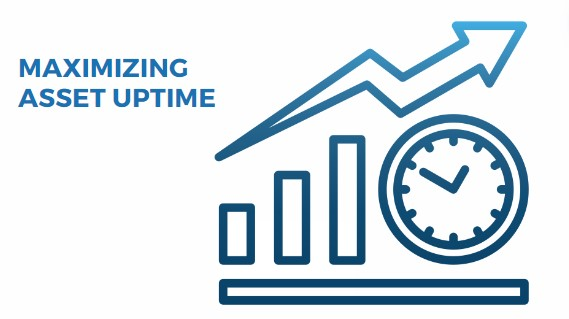
On the other hand, smaller businesses may prioritize operational asset management to ensure smooth daily operations and minimize downtime. It's crucial to assess your organization's unique requirements and capabilities to choose the most suitable asset management approach that aligns with your goals and resources.
Advanced Asset Management Strategies
Analyzing Asset Performance - Analyzing asset performance involves monitoring key metrics such as uptime, downtime, maintenance costs, and overall efficiency. By analyzing these metrics, organizations can identify trends, pinpoint areas for improvement, and optimize asset utilization to enhance productivity and profitability.
Accurate Depreciation Tracking - Accurate depreciation tracking is essential for financial reporting and tax compliance. Organizations must meticulously record asset depreciation over time to reflect the true value of assets and ensure accurate financial statements.
Proactive Asset Maintenance - Proactive asset maintenance involves implementing preventive maintenance schedules based on asset performance data and predictive analytics. By addressing maintenance needs before they escalate into costly breakdowns, organizations can minimize downtime and extend asset lifespan.

Determining Asset Value and Setting Service Levels - Determining asset value requires assessing factors such as market value, condition, and depreciation. Setting service levels involves establishing standards for asset performance and maintenance to meet organizational needs and objectives.
Removing Ghost Asset - Ghost asset are unused or underutilized assets, while zombie assets are retired assets that are still recorded on the books. Removing these assets from the system eliminates inaccuracies, reduces insurance and tax liabilities, and optimizes asset management processes.
Regulatory Compliance - Regulatory compliance ensures that organizations adhere to laws, regulations, and industry standards related to asset management. Compliance measures may include data security protocols, environmental regulations, and financial reporting requirements. Implementing robust compliance measures minimizes legal risks and enhances organizational credibility.
Conclusion
Effective asset management is a cornerstone of organizational success, enabling businesses to optimize resource utilization, minimize risks, and enhance operational efficiency. Throughout this guide, we have explored various aspects of asset management, from defining core principles to implementing advanced strategies.
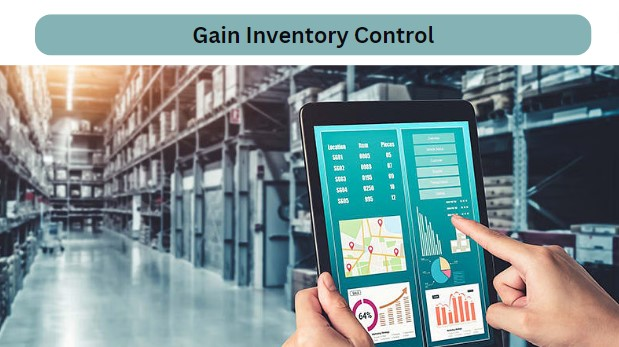
Asset management practices encompass a range of activities, including asset inventory and classification, entire lifecycle management, tracking and documentation, software license management, security, and access control. By adhering to best practices in these areas, organizations can streamline operations, enable cash flow predictions, and improve decision-making processes.
Furthermore, implementing an asset management policy is essential for providing a framework for asset management activities, ensuring consistency, and promoting accountability. A well-defined policy outlines roles and responsibilities, establishes processes for asset procurement and disposal, and sets performance metrics for evaluating asset performance.

Additionally, we discussed the benefits of implementing asset management best practices, including improved efficiency and productivity, cost reduction, and enhanced decision-making processes. By leveraging accurate depreciation tracking, proactive maintenance, and compliance monitoring, organizations can mitigate risks and maximize the value of their assets.
However, asset management also presents challenges, such as inaccurate asset data, inadequate tracking systems, and compliance issues. To overcome these challenges, organizations can implement strategies such as utilizing advanced asset management software, conducting regular audits, and investing in employee training and development.
Moreover, we explored different approaches to asset management, including strategic, operational, and financial approaches. Choosing the right approach depends on factors such as organizational size, industry, and strategic objectives. By selecting the most suitable approach, organizations can effectively manage their assets to achieve their goals.

Finally, we delved into advanced asset management strategies, such as analyzing asset performance, accurate depreciation tracking, proactive maintenance, and regulatory compliance. By implementing these strategies, organizations can optimize asset utilization, minimize downtime, and ensure compliance with regulations.
In a nutshell, effective asset management is essential for achieving operational excellence, maximizing returns on investment, and maintaining a competitive edge in today's dynamic business environment. By embracing asset management best practices, organizations can unlock new opportunities for growth and success.